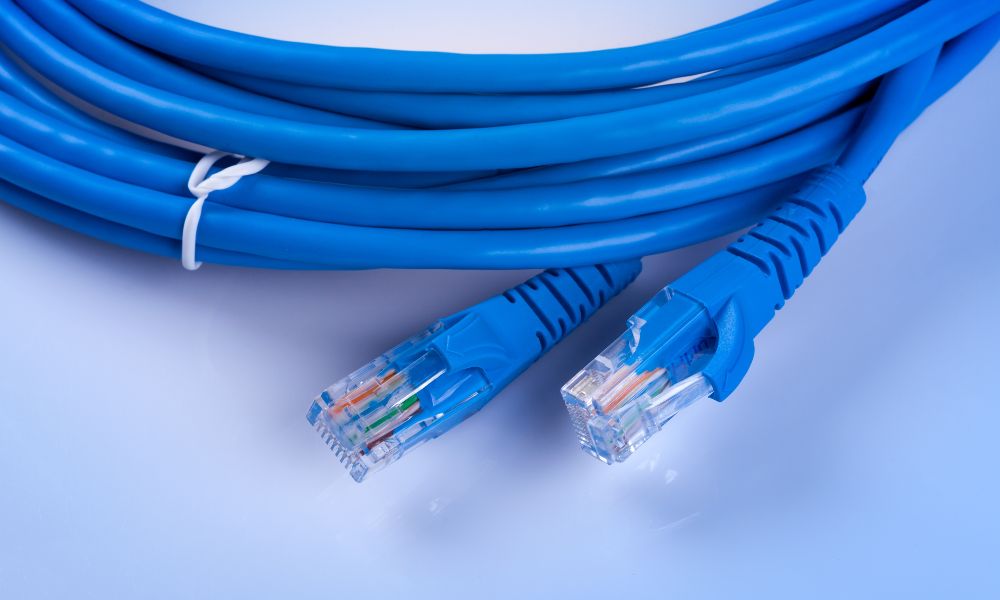
Patch cables can help you connect switches and hubs to various devices. These cords come in several forms with unique benefits. Understanding the patch cable types makes it easier to determine which ones work best for your network. Read this explanation of the most common patch cables to learn how to use them in your network.
Ethernet Patch Cables
Ethernet patch cables are the best option when connecting devices in a LAN. They offer reliable connections with efficient transmission speed. Cat6 and 5e are some of the most common Ethernet patch cables; the twisted pairs are either shielded or unshielded.
It’s best to use shielded cords to block interfering signals of nearby devices or other cables leaking EM signals. Use them for easy connections between computers and excellent transmission of data.
Fiber Optic Patch Cables
Many people use fiber optic patch cables because of their high-speed transmission of information. They are the most common type and have fiber connectors at both terminated ends. Like regular fiber cords, fiber optic patch cables have single-mode and multimode types.
Single-mode cables have a thin glass core that transfers a single beam of light in a line, creating fast transmission and data reception. If you use a single-mode fiber optic patch cable, use an OS2 instead of an OS1 for its better long-haul transmission and fewer losses.
Multimode uses multiple beams of light in a glass tube with a large diameter. These patch cables are best for short distances in offices and university classrooms because the numerous beams decrease the length data may travel. Fiber optic patch cables are great for a connection that doesn’t have a risk of interference. They support quick transmission for high-traffic networks with switches connected to numerous devices.
Coaxial Cords
These cords work best when transmitting audio, video, and radio signals from outside sources. Their tough cable jacket makes them ideal for connecting an outdoor satellite dish to indoor devices, such as a television or computer monitor. Coaxial cords create reliable connections in networks such as security systems.
Security cameras that transmit signals to a nearby computer require cords that are durable enough to run outside of a building and inside to the computer. Adding cameras or other devices to this network is easy because coaxial cords rarely require adapters or other devices to form more connections. Look for cables such as the RG6 at online cable suppliers like CableWholesale, where you’ll find the best supplies you need in bulk or in singular purchases.
Patch cables are important parts of numerous networks. Consider these common patch cables and what they may do for your network to improve it and help you stay connected.



